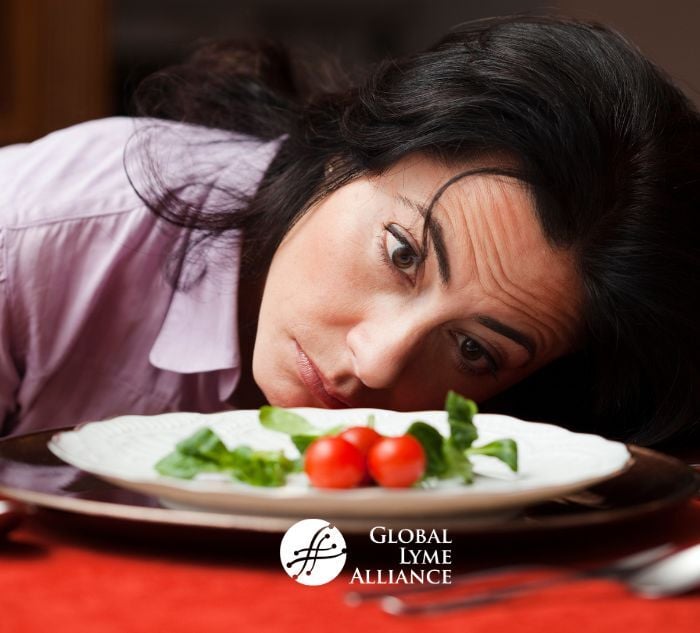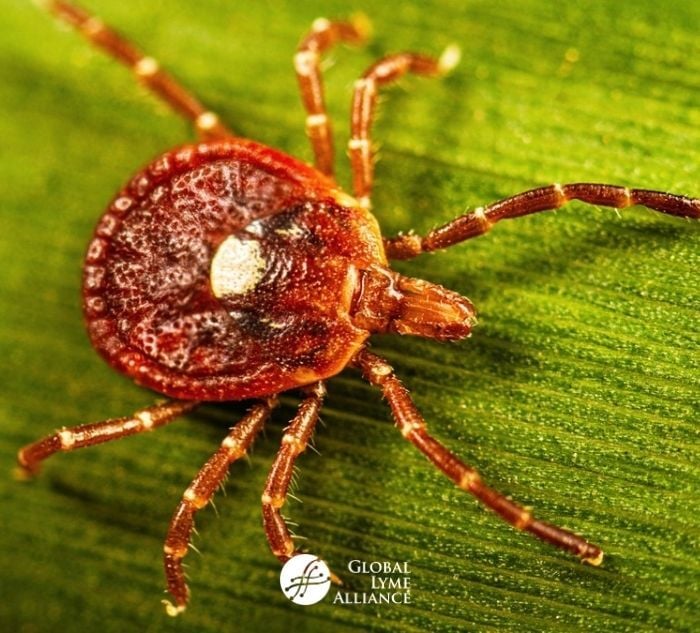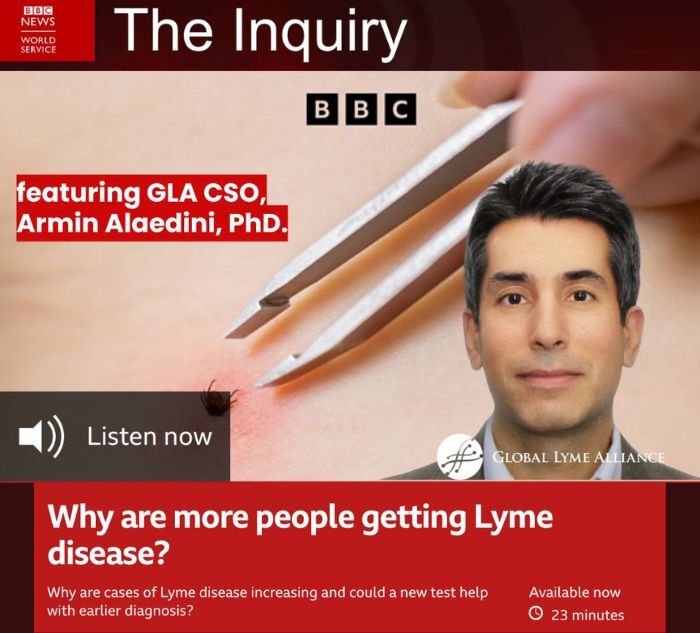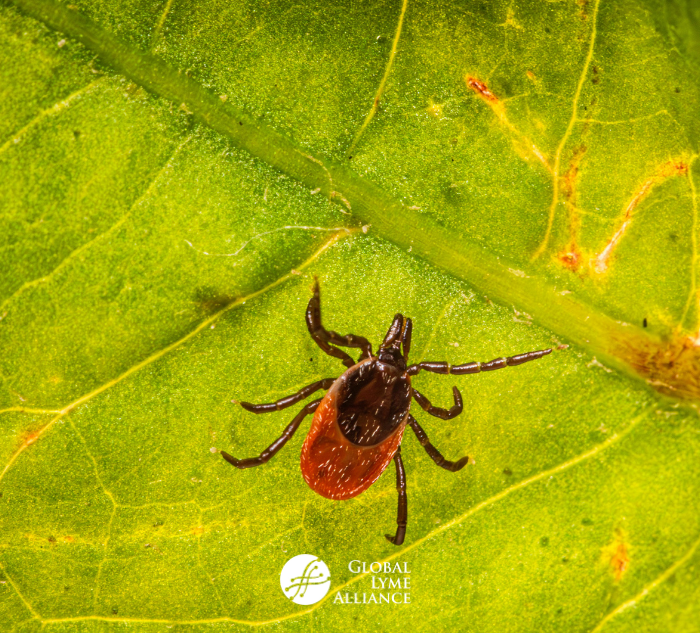
Learn how elimination diets can be useful in managing Lyme disease symptoms by identifying and avoiding trigger foods for a personalized, anti-inflammatory approach to healing.
When asked what’s helped me achieve remission from Lyme and other tick-borne diseases, one of the many treatments, therapies, and lifestyle changes I talk about is “The Lyme Diet”. This is an anti-inflammatory diet that avoids foods that can cause inflammation (Lyme is a multi-system inflammatory disease), weaken the immune system, or cause yeast overgrowth (candida can be a problem if you’re taking oral antibiotics). For me, this has meant eliminating gluten and sugar, and I also avoid caffeine and alcohol; for many Lyme patients, it also means avoiding dairy. Still others avoid nightshade vegetables.
There is no set protocol for treating Lyme disease, because no two cases are alike. And because no two bodies are exactly alike, diets should take a personalized approach, too. So how do you know which foods will trigger symptoms for you? Which are okay, or even helpful, for you to continue to enjoy? A great way to figure out what works best for you is to do an elimination diet.
What is an elimination diet?
An elimination diet doesn’t mean you eliminate all potentially triggering foods forever. It means you eliminate common allergens such as gluten, sugar, dairy, corn, soy, eggs, nuts, caffeine, and alcohol for 3-6 weeks. Then, once your body has fully detoxed those potential allergens, you re-introduce them one at a time to identify sensitivities. You may find that adding cheese back in has no effect, while adding gluten might make your joints ache. Someone else might have the opposite reaction. Adding more than one food back in at once makes it difficult to tell what’s affecting you, so it’s best to do one at a time and see what does and doesn’t work for you.
An elimination diet is an easy, low-cost way to identify trigger foods without invasive testing. In addition to Lyme disease, elimination diets can be helpful for other conditions such as complex chronic illness, gastrointestinal issues, and migraines. Several randomized controlled clinical trials and observational studies prove the efficacy of elimination diets, especially when diagnostic testing doesn’t identify the root cause of a patient’s symptoms.
Even if you know tick-borne disease is the root cause of your symptoms, an elimination diet can help you determine which foods trigger those symptoms, and you can then avoid those foods as part of your overall treatment protocol.
Elimination Diets
You can start by eliminating all potential allergens, or you can try one of these specific elimination diets. (To learn more, talk to your Lyme- treating physician or practitioner):
Autoimmune and Inflammation Focused
Low FODMAP (Fermentable Oligosaccharides, Disaccharides, Monosaccharides, and Polyols): Often used for gastrointestinal conditions like IBS, SIBO, or Lyme-related digestive issues, this diet eliminates fermentable carbohydrates that feed gut bacteria and cause bloating or discomfort. Examples of these foods might be honey, certain fruits or vegetables like apples and onions, dairy products, and wheat.
Gluten-free: Eliminates all gluten (not just wheat, but also barley and rye). Gluten shows up in unexpected places like soy sauce and salad dressings, so be sure to check labels and ask servers when you’re out to eat. Luckily, many restaurants now have gluten-free menus or gluten-free options.
Dairy-free: Sometimes combined with the gluten-free diet, this diet eliminates all dairy proteins (casein). In addition to inflammatory conditions, a gluten/dairy-free diet is sometimes used for autism spectrum disorder and autoimmune conditions.
Food Sensitivity/Intolerance Focused
Histamine elimination: Histamines include aged, fermented, smoked, and leftover foods. This diet can be useful for people with MCAS or with histamine intolerance.
Oxalate elimination: Used for chronic pain, kidney conditions, autism, and vulvodynia, this diet eliminates foods high in oxalates such as spinach, almonds, and beets.
Simplified or Restrictive Diets
Paleo: This diet encourages whole, nutrient-dense foods like fish, vegetables, fruits, and healthy fats while eliminating grains, legumes, dairy, and processed foods.
Whole 30: While most elimination diets are 3-6 weeks, this is a 30-day elimination of sugar, grains, dairy, legumes, alcohol, and processed foods with a structured reintroduction of them.
GAPS (Gut and Psychology Syndrome): This diet starts with a strict, gut-healing phase of broths and cooked vegetables and slowly adds in other foods. The GAPS diet is designed for neurological and digestive healing.
Figuring out the best diet is just one piece of the Lyme treatment puzzle. Talk with your Lyme Literate Medical Doctor (LLMD) to determine which elimination diet is best for you. Once you reintroduce foods, remember that healing from Lyme disease is all about balance. Think generally about foods you should eliminate, making sure you’re mostly off of your trigger foods, but don’t beat yourself up if you trip up once in a while (your body will let you know!). Think also about healthy foods that you can put into your body and ways you can nourish yourself and help your yourself heal.
***

Jennifer Crystal
Writer
Opinions expressed by contributors are their own. Jennifer Crystal is a writer and educator in Boston. Her work has appeared in local and national publications including Harvard Health Publishing and The Boston Globe. As a GLA columnist for over six years, her work on GLA.org has received mention in publications such as The New Yorker, weatherchannel.com, CQ Researcher, and ProHealth.com. Jennifer is a patient advocate who has dealt with chronic illness, including Lyme and other tick-borne infections. Her memoir, One Tick Stopped the Clock, was published by Legacy Book Press in 2024. Ten percent of proceeds from the book will go to Global Lyme Alliance. Contact her via email below.







